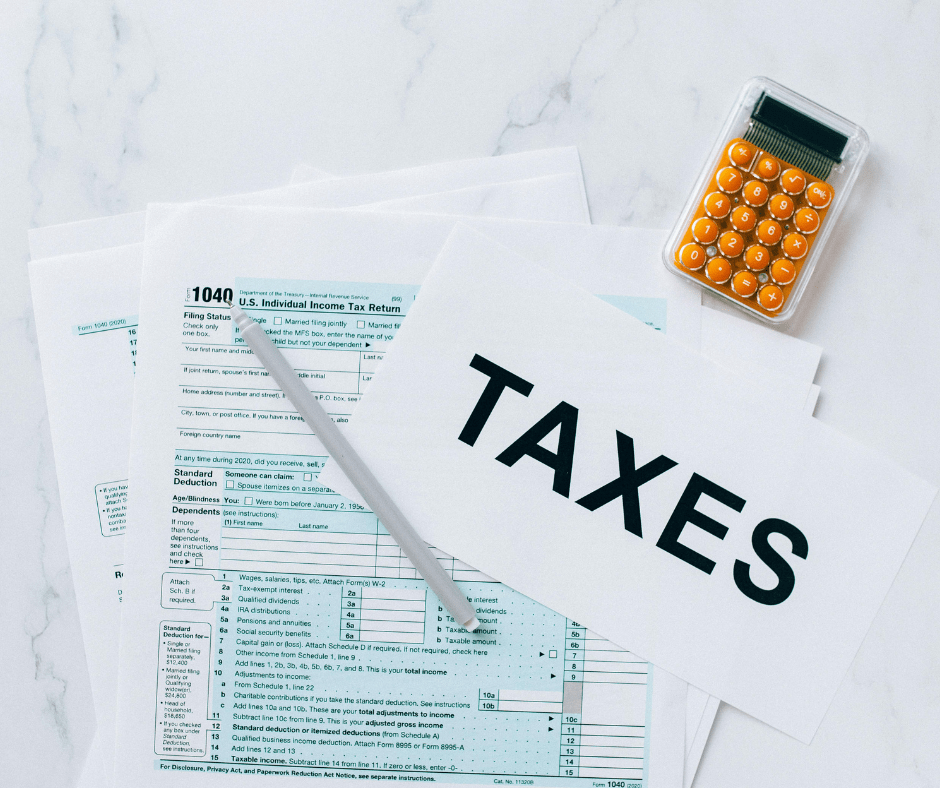Tax Regime FY2025-2026: Choosing Between the Old and New Regimes
With the start of the new tax Regime FY2025-2026 financial year on April 1, 2025, taxpayers must decide between the Old and New Tax Regimes. The revised tax structure introduced in the latest budget offers potential savings, depending on individual circumstances such as income levels and applicable deductions. For many, the new regime could reduce tax liabilities by up to 8%.
Key Changes in the New Tax Regime FY2025-2026
As per the Finance Minister’s announcement for Tax Regime FY2025-2026, individuals earning up to Rs 12.75 lakh annually will not have to pay any tax under the revised slabs and rebate system. Additionally, salaried employees are entitled to a standard deduction of Rs 75,000, ensuring that salary income up to Rs 12.75 lakh remains tax-free.
Under the previous tax system, income up to Rs 2.5 lakh was non-taxable, with higher income taxed at progressive rates of 5%, 20%, and 30%. The new regime offers a structured tax reduction, making it more attractive for certain taxpayers.
Tax Slabs for Tax Regime FY2025-2026
Income Tax Slabs & Rates
- ₹0 – ₹4,00,000 → 0% (No Tax)
- ₹4,00,001 – ₹8,00,000 → 5%
- ₹8,00,001 – ₹12,00,000 → 10%
- ₹12,00,001 – ₹16,00,000 → 15%
- ₹16,00,001 – ₹20,00,000 → 20%
- ₹20,00,001 – ₹24,00,000 → 25%
- Above ₹24,00,000 → 30%
Old Tax Regime FY 2025-26
Income Tax Slabs & Rates
- ₹0 – ₹2,50,000 → No Tax
- ₹2,50,001 – ₹5,00,000 → 5% on amount above ₹2.5L
- ₹5,00,001 – ₹10,00,000 → ₹12,500 + 20% on amount above ₹5L
- Above ₹10,00,000 → ₹1,12,500 + 30% on amount above ₹10L
Comparison of the Two Regimes
The new tax regime could reduce tax liabilities by 8% for certain taxpayers. For instance, before the proposed Budget 2025 changes, a taxpayer might owe Rs 15,32,960 in taxes. With the new tax structure, this amount is reduced to Rs 14,07,120, resulting in savings of Rs 1,25,840.
For higher income brackets, such as an annual income of Rs 2.5 crore, the tax payable under the old regime was Rs 95,42,000. After implementing the new tax structure, this amount drops to Rs 93,99,000, reflecting a 1.5% reduction in tax liabilities (Rs 1,43,000 in savings). The new regime aims to simplify tax filing while reducing tax rates, benefiting those who do not claim extensive deductions under Section 80C.
Impact on Medical Insurance and Home Loans
While the new regime does not directly account for deductions such as medical insurance premiums or home loan interest payments, the lower tax rates may still provide net benefits. For example, individuals paying Rs 25,000 annually for medical insurance or Rs 2 lakh in home loan interest may find that the simplified tax structure outweighs the benefits of these deductions.
Choosing the Right Tax Regime
Ultimately, selecting between the old and new tax regimes depends on personal financial circumstances, including income sources and applicable deductions. Individuals with fewer investments under Section 80C or those who prefer a straightforward tax process may find the new regime advantageous. The lower tax rates and simplified filing system could appeal to many taxpayers seeking to optimize their liabilities without complex tax-saving instruments.
As taxpayers evaluate their options, a careful assessment of financial situations against the revised tax policies will be essential for making an informed decision.

Leave a Reply